In an era where sustainability and eco-friendliness are becoming paramount in consumer choices, innovative products like wheat straw tableware are gaining traction in households and restaurants alike. The environmental impact of traditional plastics and ceramics has made consumers more aware of their choices, leading many to seek alternatives that not only meet their functional needs but also contribute positively to the planet. This article will explore the characteristics and benefits of wheat straw tableware, highlighting how this sustainable option is transforming the dining experience.
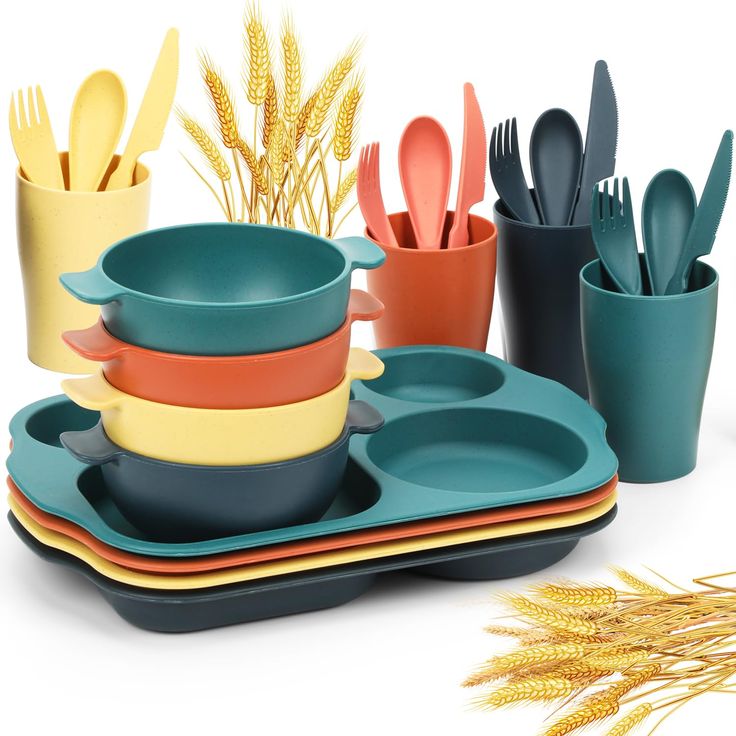
What is Wheat Straw Tableware?
Wheat straw tableware refers to dining items made from the byproducts of wheat production. After the grain is harvested, the straw left behind is typically considered waste. However, advancements in technology have allowed manufacturers to transform this agricultural byproduct into high-quality, biodegradable tableware. The process involves drying and processing the wheat straw, which is then shaped into plates, bowls, and utensils. Unlike traditional plasticware, wheat straw tableware decomposes naturally, reducing landfill waste and environmental damage.
In addition to being environmentally friendly, wheat straw tableware is remarkably durable and resistant to heat. Many items can withstand high temperatures, making them suitable for both hot and cold foods. This versatility means that consumers can incorporate these stylish tableware pieces into a variety of dining settings, whether casual family dinners or elegant gatherings.
As consumers become more eco-conscious, the demand for sustainable dining options strengthens. Wheat straw tableware not only caters to this demand but also exemplifies a unique blend of style and practicality. With its natural tones and earthy aesthetics, wheat straw tableware adds a touch of sophistication to any table setting, making it a favorite among those looking to refine their dining experiences.
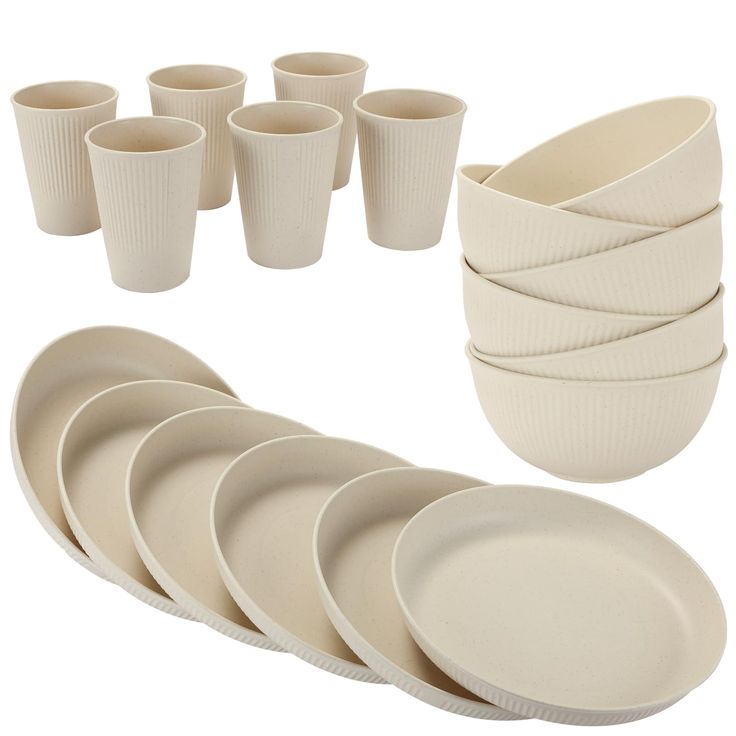
The Environmental Impact of Safety Tableware
Switching to wheat straw tableware can significantly reduce our ecological footprint. Traditional tableware, particularly plastic and Styrofoam, contributes to significant environmental hazards, including pollution and wildlife harm. Wheat straw, on the other hand, is a renewable resource that efficiently utilizes agricultural waste. The production of this tableware results in less plastic production and thus less strain on our planet’s resources. Furthermore, it takes only a few months for wheat straw items to decompose, compared to the hundreds of years plastic remains in landfills.
Moreover, the utilization of wheat straw helps promote sustainable farming practices. By encouraging the use of agricultural byproducts, farmers are incentivized to adopt methods that prioritize environmental health. This approach aligns with global goals for sustainability and can inspire other industries to innovate similarly. When consumers choose wheat straw tableware, they support an agricultural cycle that respects nature while enjoying a convenient dining experience.
Additionally, consumers benefit from knowing they are making responsible choices. As society becomes more informed about climate change and pollution, opting for eco-friendly products enhances one’s lifestyle. It fosters a sense of community and encourages others to follow suit in sustainable dining pursuits.
The Versatility of Safety Tableware in Various Settings
Wheat straw tableware provides remarkable versatility that suits an array of dining occasions. Whether organizing a birthday celebration, an outdoor picnic, or a formal dinner, these stylish items integrate seamlessly into any setting. Their aesthetic appeal complements both casual and elegant themes, making them a popular choice for hosts looking to enhance their table design while maintaining sustainability.
For informal settings like family meals or barbecue parties, the lightweight nature of wheat straw makes for easy handling and cleanup. Users can enjoy the convenience of disposable items without contributing to landfill waste. Conversely, for formal events, wheat straw tableware’s chic design elevates the dinner experience, impressing guests while still being mindful of environmental impacts.
Moreover, businesses in the food industry, such as cafés, restaurants, and catering services, are increasingly adopting wheat straw tableware to enhance their brand image. Knowing that patrons appreciate sustainable options, these businesses can differentiate themselves in a competitive market. By serving meals in wheat straw tableware, they not only reduce their environmental footprint but also engage customers who value ecology alongside food quality.
This adaptability makes wheat straw tableware an excellent choice for everyday use and special occasions. As consumers continue to explore sustainable options, the demand for versatile and stylish dining solutions is likely to grow, solidifying wheat straw as a staple in environmentally conscious dining.
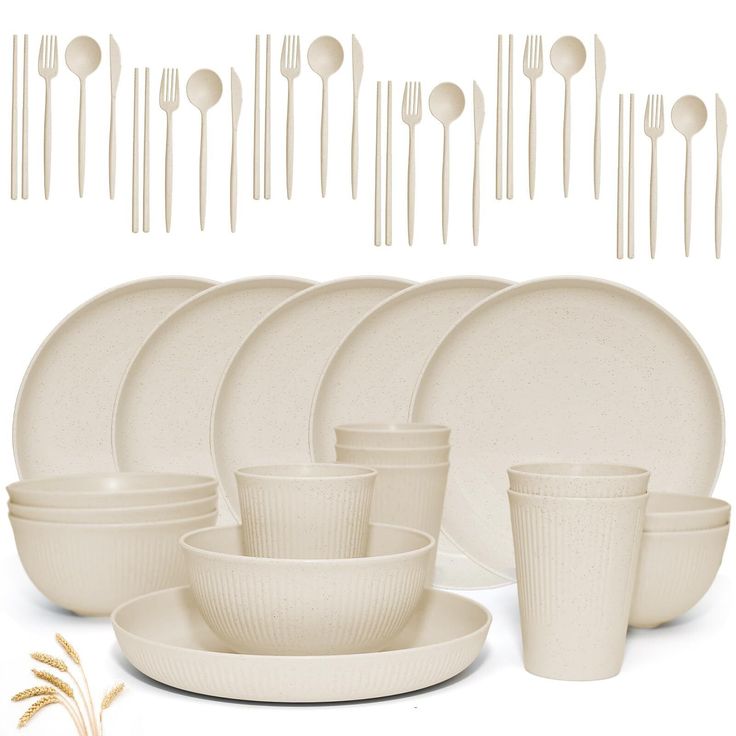
The Economic Benefits of Using Wheat Straw Tableware
Switching to wheat straw tableware can also offer substantial economic advantages. While there might be an initial investment when transitioning away from traditional tableware, the long-term savings and benefits can outweigh those costs. For households, reduced waste management costs can arise from decreased landfill expenses, especially when a larger portion of tableware can be composted or recycled.
For businesses, the usage of wheat straw tableware can attract environmentally conscious consumers. Studies show that customers are often willing to pay more for products and services that align with their values. By incorporating wheat straw items into their offerings, eateries and caterers can command premium prices while setting themselves apart from competitors. This can lead to increased customer loyalty and repeat business, as patrons appreciate businesses that take sustainability seriously.
Furthermore, manufacturers of wheat straw tableware benefit financially from the increased demand. As more companies and consumers opt for sustainable solutions, economies of scale come into play, contributing to lower production costs in the long run. Collective growth within the industry fosters innovation and enhances the availability of such eco-friendly products, making them a viable choice for wider audiences.
Through these economic benefits, it becomes clear that the integration of wheat straw tableware into everyday life is not just a trend; it is a strategic move toward creating a sustainable future. By making responsible choices, both consumers and businesses can reap the collective rewards of a healthier planet and a robust economy.
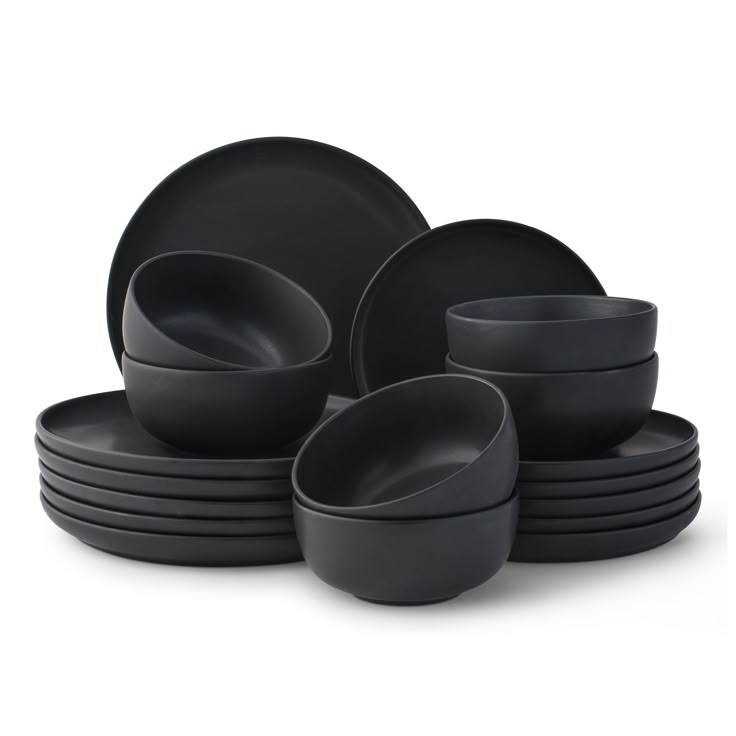
Care and Maintenance for Tableware
To ensure longevity and durability, proper care and maintenance of wheat straw tableware is essential. Unlike traditional ceramics or glass, which may require specific washing techniques, wheat straw items are relatively straightforward to clean and maintain. It is advisable to wash these products by hand using warm soapy water. High-temperature dishwashers can potentially warp the materials.
While wheat straw tableware is designed to be sturdy, it is also vital to avoid prolonged exposure to hot liquids. While many items are resistant to heat, constant contact with boiling water may affect their structural integrity over time. This is particularly important when using these items for hot soups or dishes that require extended heat exposure during meal preparation. Proper consideration will ensure optimal performance and safety.
Another critical aspect of care involves ensuring that wheat straw items are dried properly after washing. Leaving them in a damp environment can lead to mold or mildew growth. This can reduce their lifespan if they are not allowed to dry fully. As part of the care routine, consumers should store these items in a cool, dry place. Keeping them away from direct sunlight will help avoid potential fading or warping.
Maintaining wheat straw tableware ensures its longevity and minimizes waste, aligning perfectly with the product’s sustainability vision. By taking these simple precautions, consumers can enjoy stylish and functional dining experiences while positively contributing to our planet’s health.
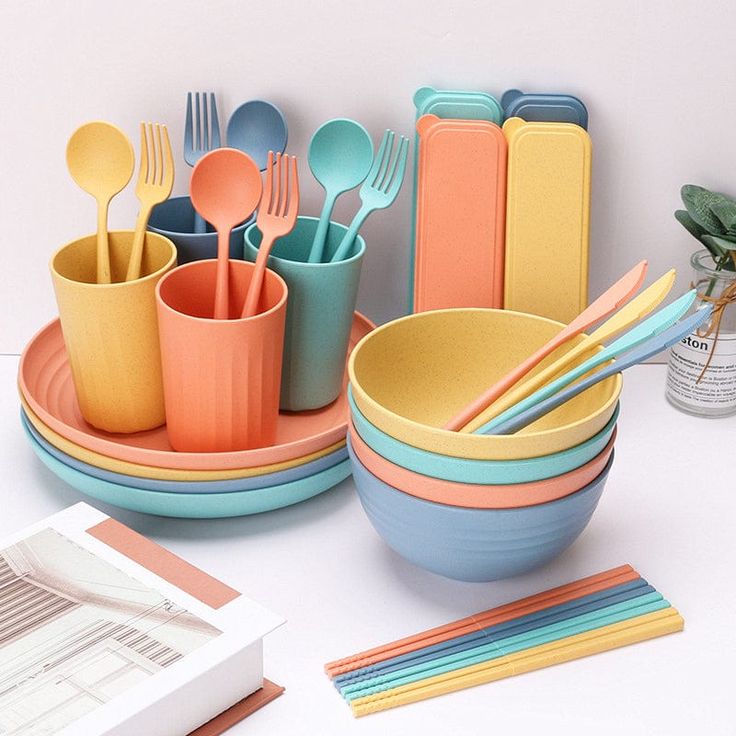
The Future of Wheat Straw Tableware and Sustainability in Dining
As the world increasingly moves toward sustainable practices, the future of wheat straw tableware looks promising. The growing awareness of climate change and pollution is driving the rising demand for eco-friendly dining solutions. People are realizing that small changes can lead to significant impacts. Wheat straw tableware epitomizes a practical response to environmental challenges. It offers an option that fits seamlessly into the modern lifestyle.
Innovation in this sector seems to grow alongside consumer expectations. Manufacturers are likely to enhance the quality, usability, and aesthetic appeal of wheat straw items through ongoing research and development. This will also lead to the expansion of product ranges further. This could include developing more intricate designs, colors, and innovative shapes that cater to diverse culinary needs. As a result, consumers can enjoy style without compromising on sustainability.
Moreover, collaborations with sustainable brands and businesses can push the safety tableware movement forward. As companies bond over shared values and goals, there’s significant potential to create robust ecosystems that promote responsible consumption habits. Joint promotions, educational campaigns, and sustainability initiatives could introduce a broader audience to the advantages of wheat straw products.
Ultimately, the integration of wheat straw tableware into dining experiences is more than a passing trend. It is a movement towards a greener, healthier lifestyle. The future is bright for those committed to sustainability, and safety tableware will undoubtedly play a crucial role in the dining spaces of tomorrow.
Conclusion
Wheat straw tableware represents a perfect intersection of style and sustainability. By consciously incorporating wheat straw items into our dining experiences, consumers can enjoy numerous environmental benefits. Additionally, they will also reap economic advantages. As we continue to strive for a better world, every small step counts, and choosing safety tableware is definitely one of them. Embracing this innovative solution will pave the way for a greener dining future, whether for personal use or business applications. It will also impress guests with its stylish presentation. Let us celebrate the transformation occurring in dining and the positive impact it brings to our environment.